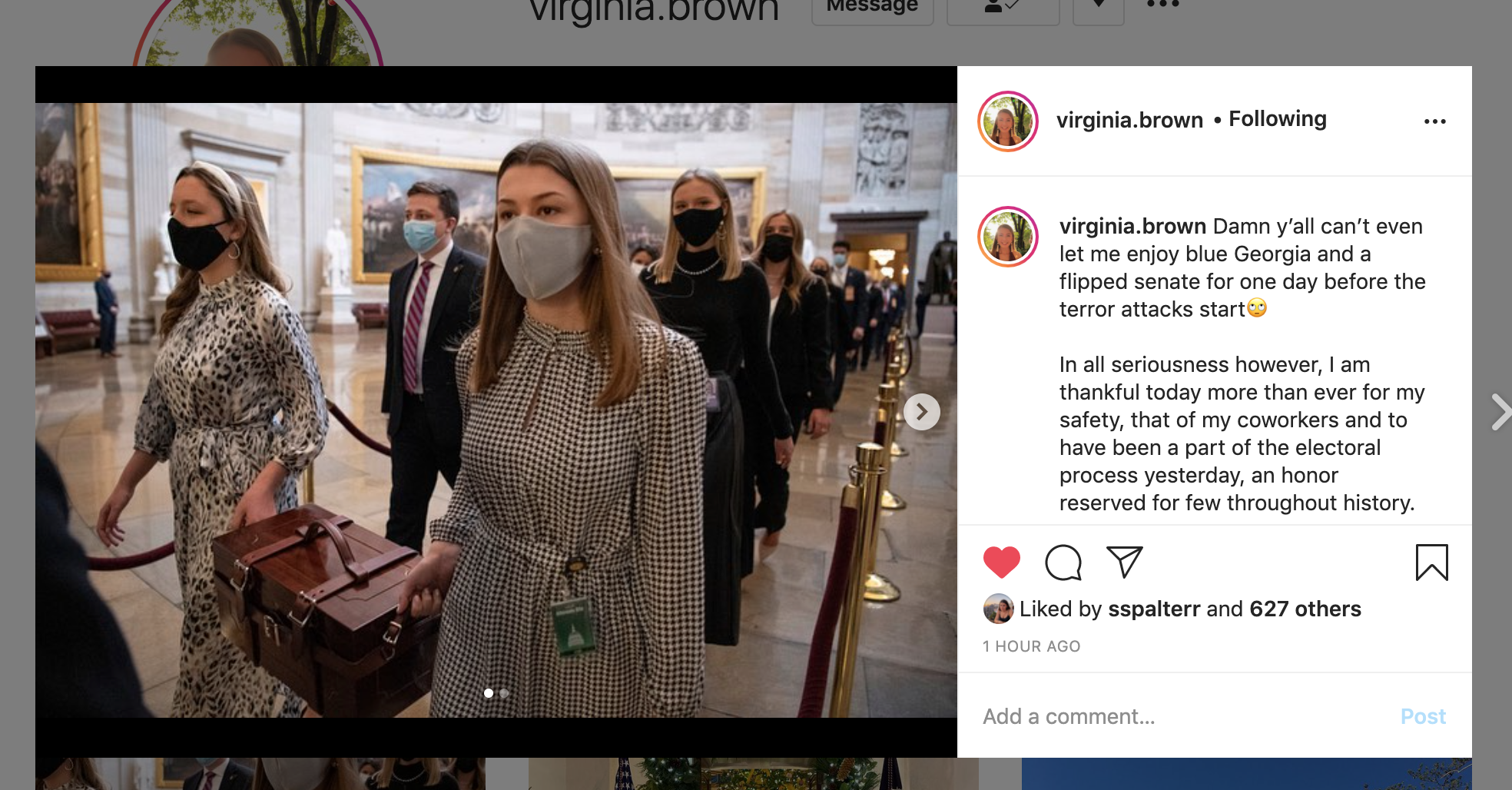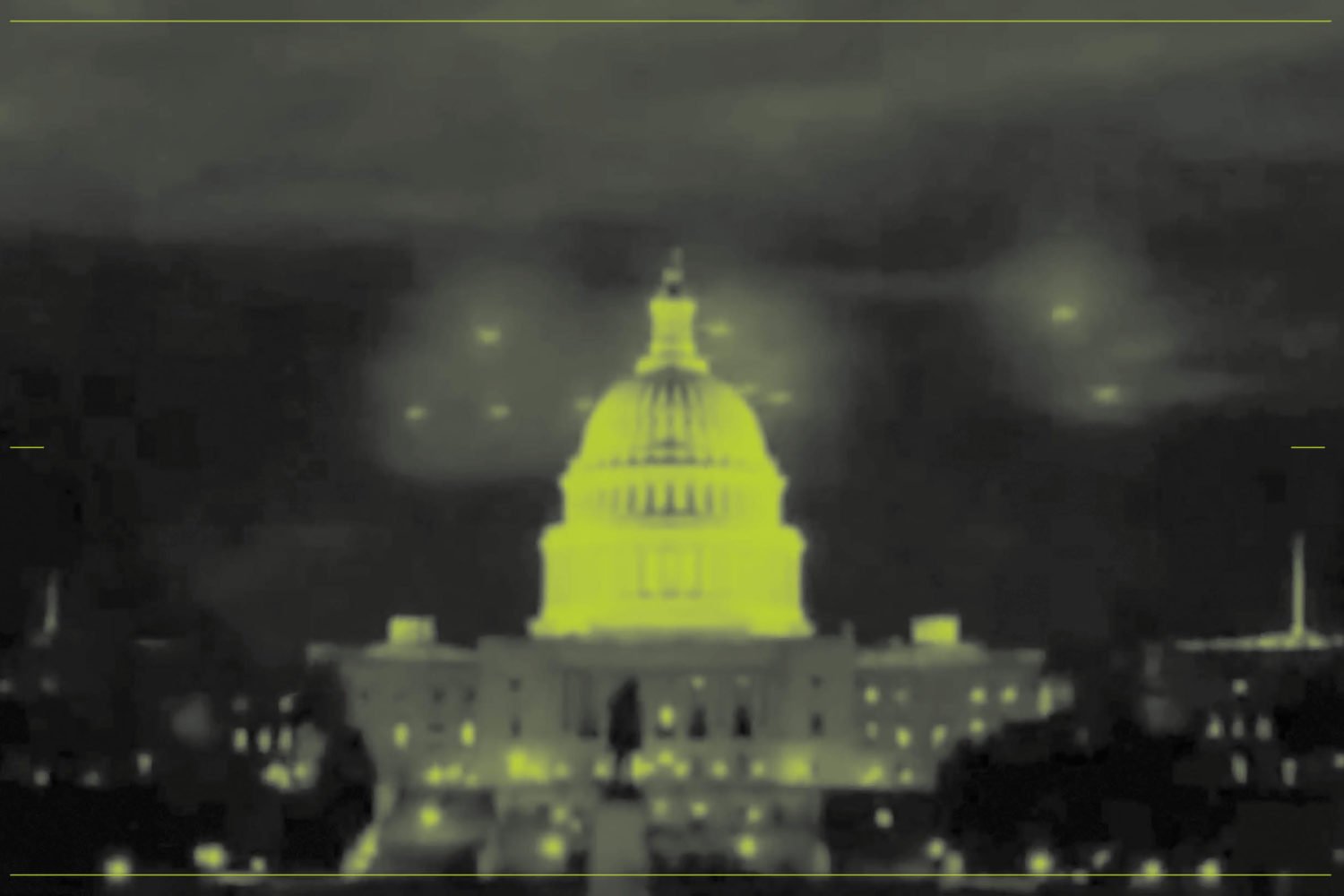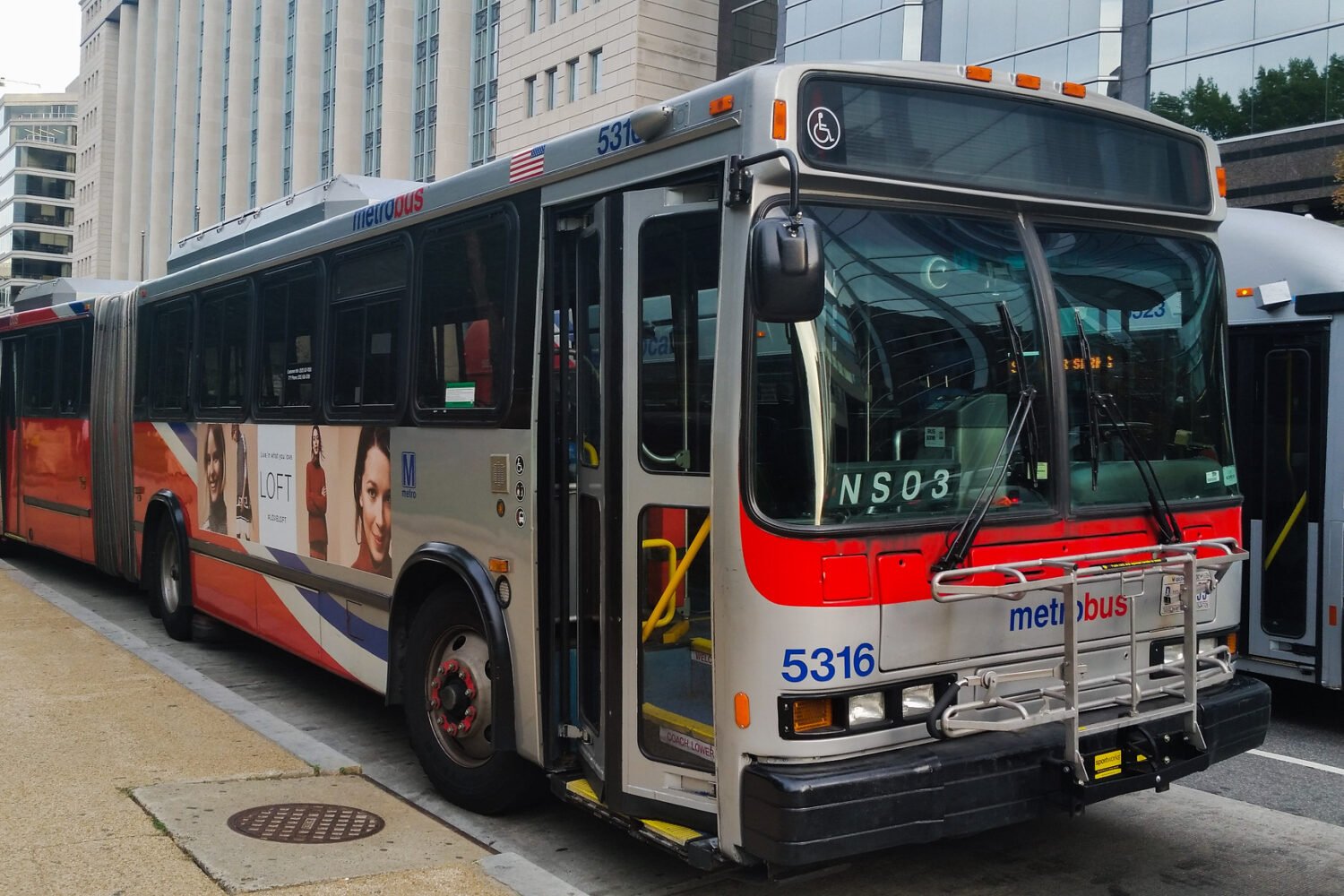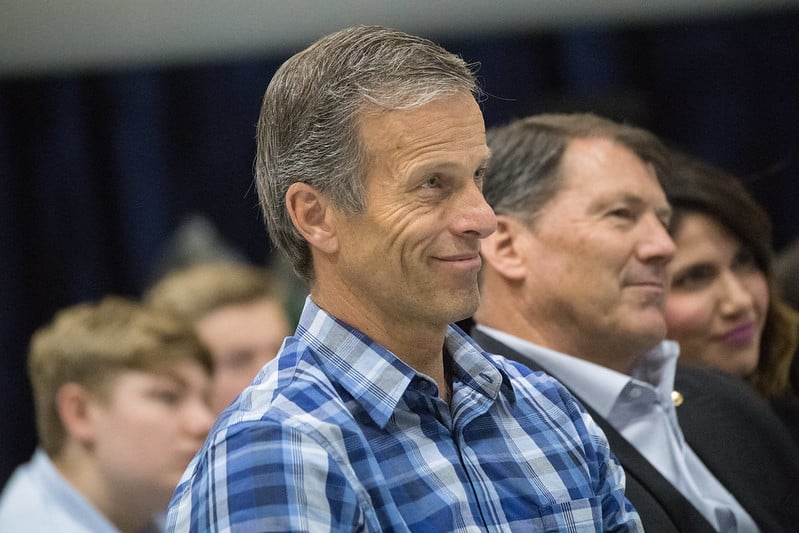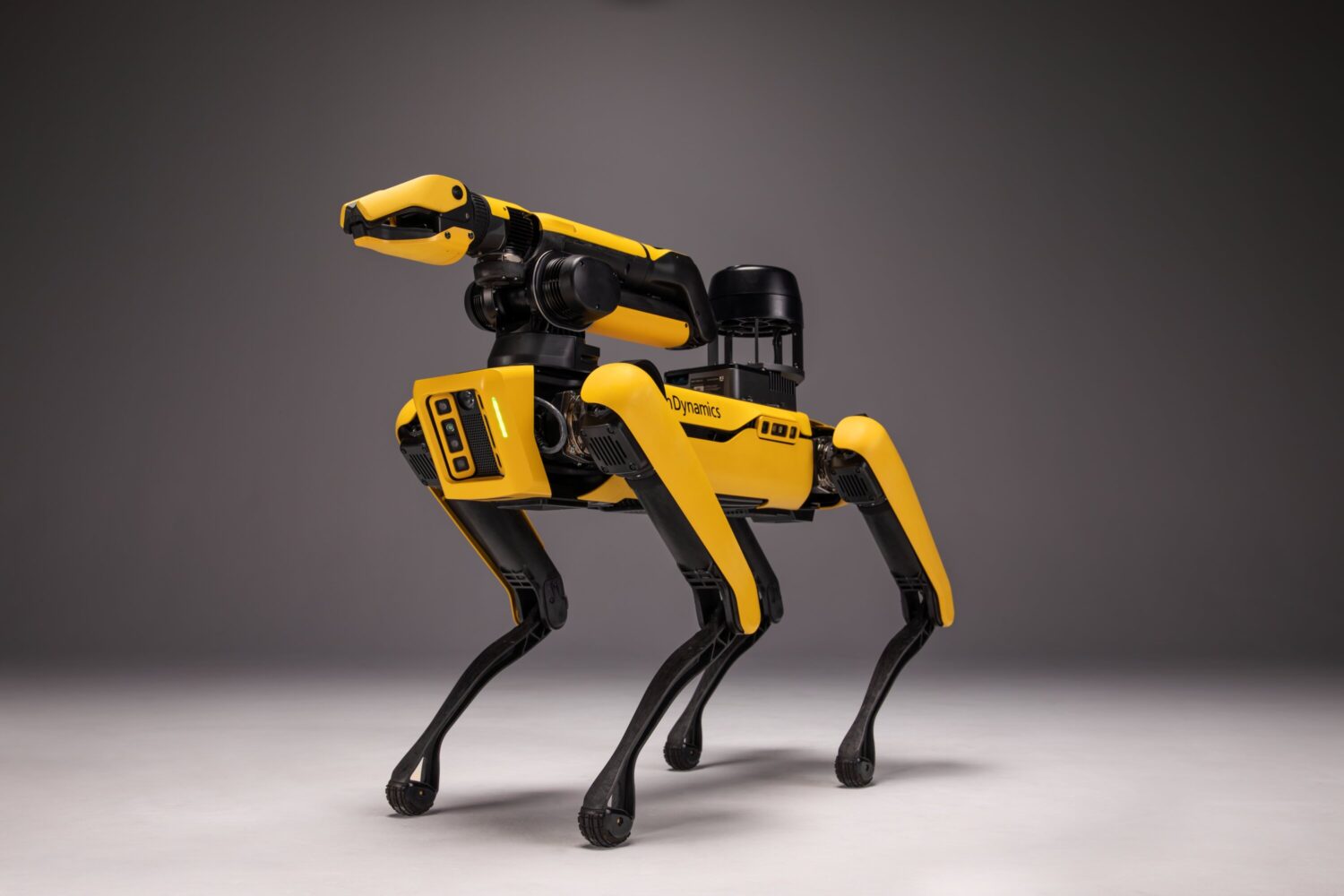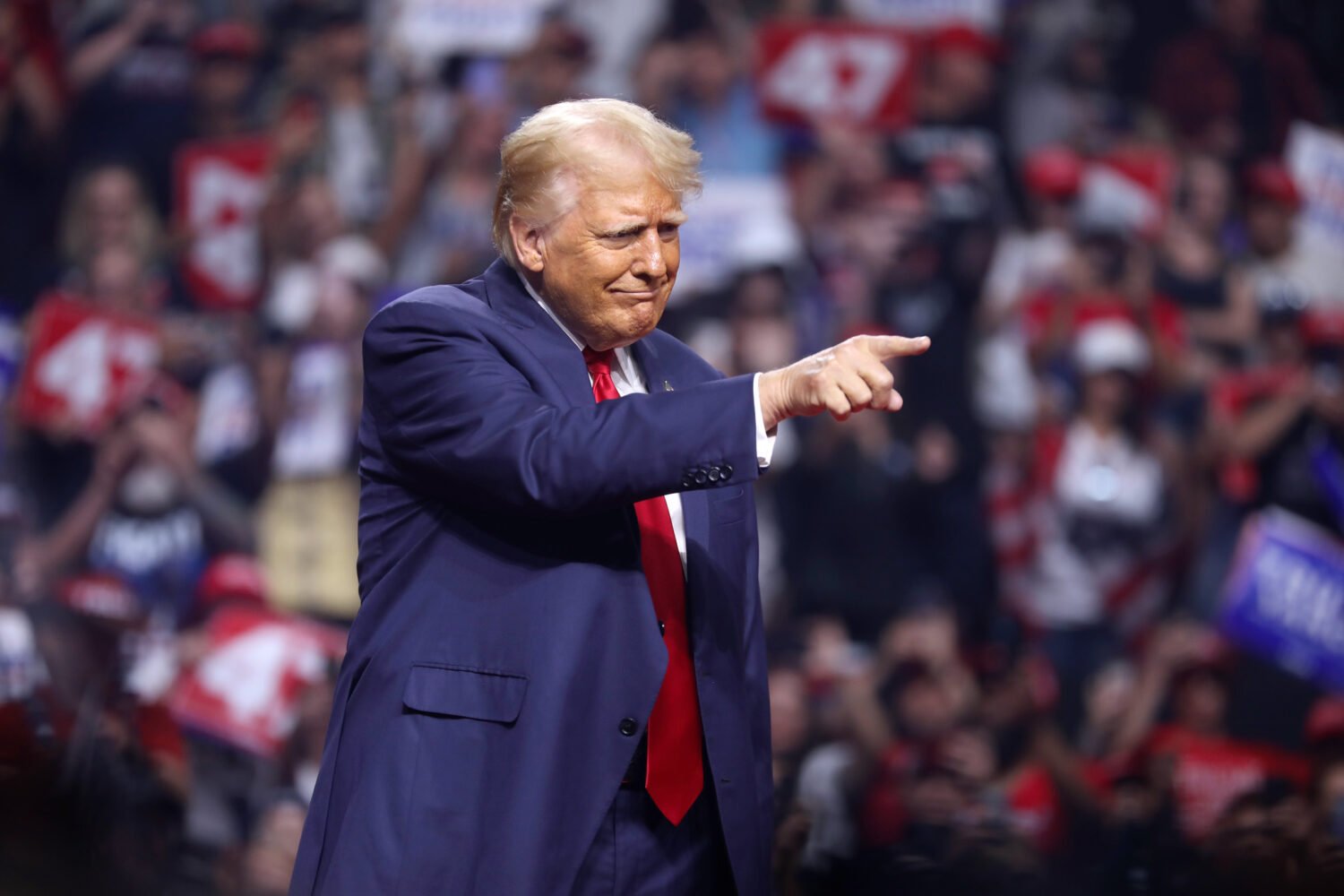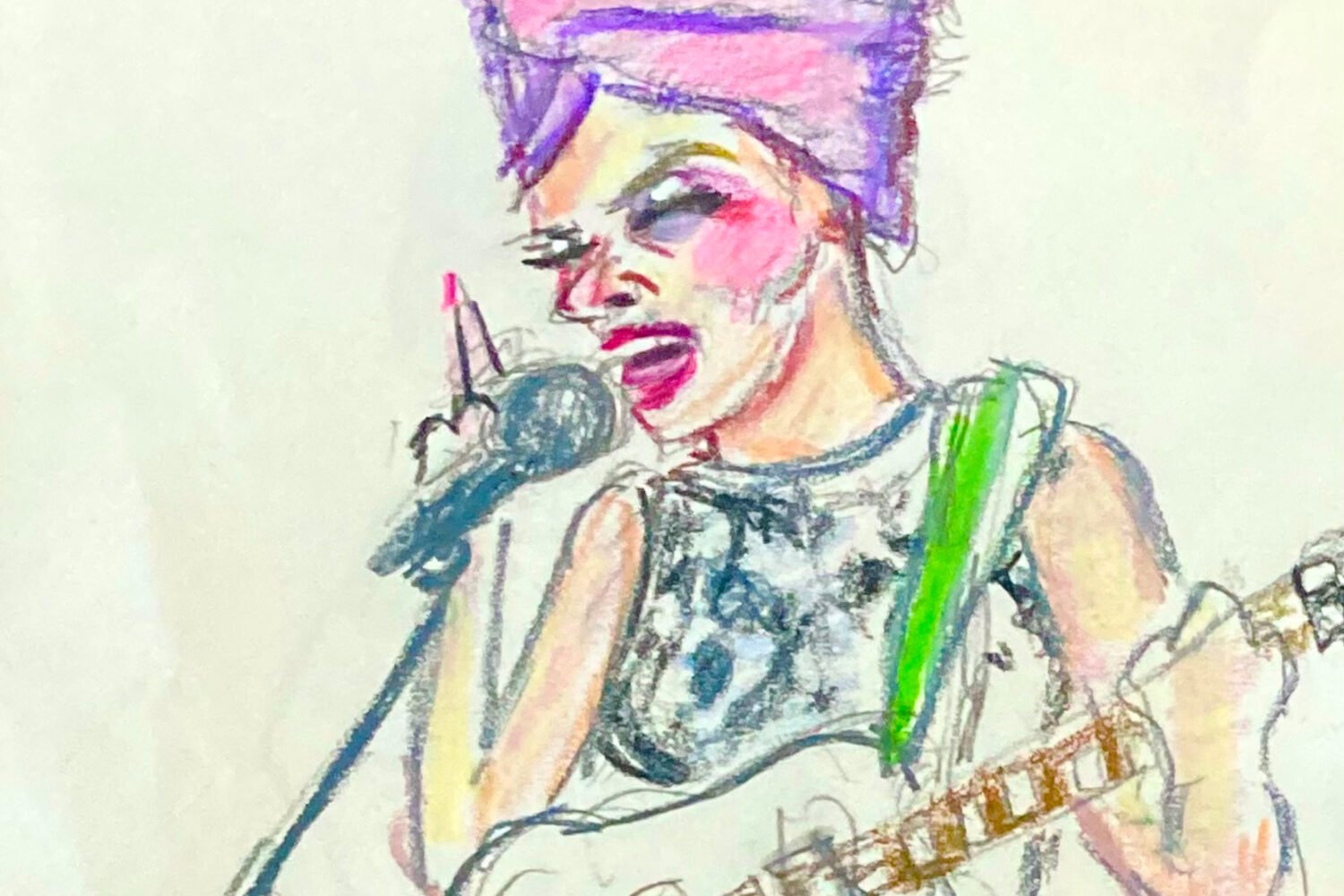When rioters entered the Capitol yesterday, the quick-thinking staff of the Senate Parliamentarian’s office made sure to grab boxes of electoral college votes as they fled the building under attack. When that news circulated online, onlookers were quick to try to identify the staffers who rescued the votes, and one image of Congressional staffers carrying the important leather boxes of votes went viral. (Bestselling author Glennon Doyle posted the photo on Instagram, praising the women who “had the presence of mind and courage to protect, keep safe, and transport the electoral votes before fleeing the Senate.”)
One of the women in that photo is Virginia Brown, a 19-year-old chamber assistant who works for the Democratic Cloakroom. The image, it turned out, was from earlier in the day when she and other staffers were transporting the boxes of votes to be certified. In a post on her personal Instagram account, Brown clarified: “I think a well-meaning member of the media made the connection between the pictures of us carrying boxes and us being the ones to save them, and it spread quickly, but credit goes out to the ones who actually did risk their own safety for all of us.”
Brown, a Bethesda-Chevy Chase High School alum and current sophomore at Emory University in Atlanta, spoke to Washingtonian about her harrowing day at the Capitol:
“The photo that’s been circulating around is actually from earlier in the day from before the siege, or whatever you want to call it. We started out doing the electoral college certifications around 1 and we started with Arizona, which a few Senators were objecting to. So we carried the votes, which are in the big leather boxes you could see, from the Senate chamber to the House chamber where they could be certified.
“We came back and part way through [the debate], they got everyone around the floor and told us we were sheltering in place on the Senate floor. At that point, they thought it was the safest place to be, because it’s pretty hard to get up to. We knew there were people climbing on the police towers outside and on the lawn getting up against the building—we could actually hear them toppling the barricades. Someone said there had been shots fired in the Capitol. After about 10 minutes, Capitol Police came in and they were like, ‘You need to get out immediately.’ So we all—Senators, staff, everyone who was on the floor, which was probably 200-something people—rushed down the stairs and into the basement.
“We didn’t know where we were going, we just had people along the way pointing us to where we had to go. We went completely underground into the Senate subway. They managed to block off the entrances to the subway, because I think there were people in the Capitol Visitor Center, which had access to the subway. They were able to barricade that off so we could all get through. We went to an office building to be sheltered in a committee room, ’cause that was the only place big enough to hold that many people.
“We had been looking out [the windows] earlier in the day. Before the president gave a speech, we could see the crowds were pretty sparse. We were definitely anticipating them getting a lot bigger, but we didn’t see any of the violence or destruction coming—I don’t think anyone was expecting it to go that far. [Before coming to work,] there was definitely some warning from our supervisors telling us that it may get out of hand—we may end up having to spend the night if the objections went long. But they didn’t expect them to breach the Capitol. It was just ‘When you’re coming into work, when you’re leaving, be careful. You might want to bring clothes that don’t make you look like you’re going to work.’ I think it was just when you’re out and about, not when you’re inside the building, ‘cause it’s generally thought to be incredibly secure.
“I think just growing up in this era where you spend so much of your childhood doing school shooter drills, it felt eerily similar to that. You don’t know where whatever is happening is going on, you don’t know what it is, you don’t know how many people there are—if they’re gonna come find you. I knew we were protected by the security officers but even with that level of security there’s still that [thought] in your mind that something might happen, and I think that’s been drilled into kids for so many years that’s kind of what your mind automatically jumps to. Thankfully we were able to get out safely. I think the shooting was on the House side, but it was still just in the back of our minds. You don’t know if you’re gonna turn around a corner and there’s gonna be someone there with an assault rifle or a weapon.
“Growing up in DC, you see federal buildings as untouchable. Like the White House—it’s impossible to get even up to the fence. I think the fact that they were able to do so much damage and get in so quickly was honestly the most surprising part. Within a matter of minutes, they had broken down the barricades, they were inside, they were in the chamber. Even just going to work, I have to open my trunk and they look through my car every day, I go through a metal detector, I have to have my ID on me at all times, and the fact that these people were able to run in, it was kind of astonishing.
“My dad was actually [in the Capitol] during the anthrax attacks in the early 2000s and [in 1998 when] two Capitol Police officers were killed. Just talking to him about the parallels between these things, you’d think that after those incidents, they would have heightened security or something would be done to prevent this, but the fact that [this] happened 20 years later was shocking for both of us. He also worked on the Senate floor at one point, for the Democratic Policy Committee.
“[My family] didn’t know where we were. [Press coverage] switched from we’re in the chamber, we’re doing the electoral college proceedings to there’s random people hanging from the balcony, and I think the in-between was worrisome for them. A lot of people just didn’t know what was going on inside, and I think that was probably the worst part, the not knowing.
“Normally we don’t have our phones on the floor, but since things were getting out of hand, we had been checking our phones and texting our families that we were safe in the building, even though they started to climb. We couldn’t post pictures of where we were or which building we were in, but we were able to tell our family and friends that we were safe and locked down, which was good because I think if I hadn’t been able to that would’ve made the situation a lot worse for everyone at home.
“There’s nine of us [chamber assistants] and we’re all in between college sophomores and recently graduated college students. Once we got into the lockdown room, we were just kinda trying to distract ourselves. Most Senators were doing work on their phones, answering emails, but when we’re not on the floor there’s not really much for us to do, so we were just trying to keep our minds off things and check in with our families. We were going through social media and trying to tell funny stories and keep it light because we had no idea what was going to happen after that. We were in the committee room for probably about five hours.
“Initially it was pretty tense [in the lockdown room], but as it went on Capitol Police kept updating us. They assured us that they would secure the perimeter, and there was definitely a question about whether or not we’d go back into session, whether we’d have to be taken out of the Capitol complex and taken to a second location, and how long we would be in there. Once we kind of understood it would be okay, they’re clearing out the building now, we’re gonna be able to go back into session, I think people were able to take a deep breath. They were able to bring in food and I think it got a little bit more relaxed—not quite the same fear.
“[When we returned to the Capitol,] it was surreal. We were passing through the Rotunda bringing the electoral votes back and forth [and] you could see all the residue on the floors. I think the protesters had used fire extinguishers and had sprayed tear gas and you could actually feel it choking you up a little bit even with the mask on as you were walking by. There was a bunch of debris littered on the ground—flags and posters and stuff that people had left behind in the building.
“We were able to see all these pictures on social media of the people sitting at the desks and the dais, which are areas we don’t go to—we respect the fact that those are reserved. Like the seat where the Vice President had been sitting in a couple hours [before]—someone shirtless sitting in it immediately after, holding Trump propaganda flags. We had to clean off the desks to make sure no one had been touching them because the Senators were back to make speeches. We had to make sure everything was in its place and no one had stolen anything. This was after the police had swept it and made sure everything was safe. For us, it’s making sure that the little ceremonial things were done well and done right. There’s always one coaster on each desk, so we had to make sure those hadn’t gotten stolen. Certain lecterns stay on the desks, so we had to clean that off and make sure no trash had been left.
“I think it was better that we went back to normalcy instead of letting these people intimidate us out of doing it. The decision by the leadership to resume the electoral process was the best thing we could’ve done. I think if we had stopped, it would have sent the wrong message to the people who had protested and came into the Capitol.
“People got confused with the photos of us carrying the boxes earlier in the day, they kind of put those two together, but it was the Senate parliamentarian staff [that rescued the electoral college votes]. It definitely would’ve destroyed a lot of the ability to continue on afterwards if [the votes] had been left in the chamber, because they have to physically look through the boxes and count. Some of them are in manila envelopes and boxes, but some of them are in those big leather boxes you see in photos. I think the leather boxes probably would’ve been fine but the other ones pretty easily could’ve been destroyed and they say that they are official documentation—I think it wouldn’t have taken much to figure out that they were the votes, and to someone who’s storming into the Capitol, that looks like an easy way to attack and mess things up. It’s definitely for the best that they were able to grab them and get them out as quickly as possible without actually encountering the protesters.”
This post has been edited and condensed for clarity.

